In recent years, our country has shown positive dynamics in resolving issues related to vulnerable groups of citizens, including people with disabilities. Before analyzing the main aspects of the issue of how to draw up a disability for a child or an adult, it is necessary to consider the basic regulatory documents on the basis of which this procedure is carried out.
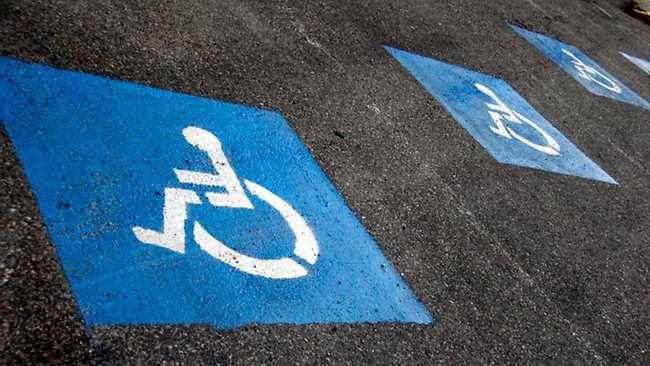
Regulatory documents that regulate the disability process
- The procedure for recognizing a citizen of the Russian Federation as a disabled person is primarily carried out on the basis of the postulates of the Decree of the Government of the Russian Federation “On the Procedure and Conditions for Recognizing a Person with a Disability” of 02.20.2008. This decision discusses aspects of recognizing a person as disabled, and also explains how to apply for disability for this person.
- Decree of the Government of the Russian Federation of 07.04.2008, which amended the Rules for recognizing a person as disabled.
- Order of the Ministry of Health and Social Development of 08.22.2005 - it considers the classification and the main criteria, on the basis of which the medical and social examination (ITU) makes the final decision on recognizing a person as disabled.
Who carries out the procedure for registering a child with a disability
Regarding children, it can be said that the procedure for recognizing a child as disabled is carried out by state authorities according to the expert assessment of the medical and social examination service, which takes place at the child’s place of residence in the nearest medical institution. Disability can only be issued with the help of medical institutions. ITU should assess the state of health of a child for a given period of time and the degree of restriction of its life in accordance with classification indicators approved by the legislative bodies of the Russian Federation.
What documents need to be submitted to ITU?
Very often, our fellow citizens ask themselves questions about how to apply for disability. To recognize a child as disabled, ITU requires a whole set of documents to be provided to her, thanks to which a final decision will be made.

- Referral to ITU upon the establishment of a disability. This document is issued at social welfare institutions or medical facilities at the child’s place of residence. Recognition for issuing a referral will be considered an appropriate appeal from the parents (guardians) of the child. Most often, such a direction is issued by the medical institution in which the child was examined and attributed from the moment of birth.
- Medical documents that confirm a deterioration in health. Such documents can be provided by the medical institution in which the child was examined and observed from the moment of birth. This can be a medical history, certificates, extracts from the history, the conclusion of the attending physician and other competent specialists. Unfortunately, most of our fellow citizens do not understand the legal aspects of various issues. In our case, about 80% of the population does not know where the disability is registered, so there are controversial situations and the so-called “paperwork”. Moreover, a person is driven from institution to institution, moreover, without giving any answers to questions.
- A statement from the legal representatives of the child. In fact, the child does not have the right to file an application for recognition of him disabled by virtue of his age (of course, if he is under the age of 18), therefore, only the child’s parents or guardians can take this action. Unfortunately, our citizens are not interested in legal aspects, and therefore do not know how to apply for a disability, therefore, there are often cases when grandparents of a child write a statement, although by law they cannot do this if they are not his guardians.
- In some cases, ITU may require the provision of other documents, in particular a birth certificate, documentary evidence of the applicant’s relationship with the child, a certificate from the school or kindergarten. If the child has reached the age that permits formal employment, then ITU will also ask for a certificate of employment and a copy of the employment contract and employment record.
ITU is possible not only in a hospital
If, for good reason, the patient cannot take part in the expert work, then according to the decision of the medical institution on the basis of which the ITU was collected, a full examination can be carried out in a hospital or at home. But it should be noted that for such a procedure, the consent of the child and his legal representatives is necessary. It is worth noting that disability can be issued to a child as easily as disability to a bedridden patient. The only caveat is the permission of the guardians or representatives of the child, while such consent is not required from a bed patient if he is legally capable.
ITU core membership
The composition of the ITU can be expanded at the request of the patient. It is worth noting that the child and his representatives can attract any specialist to participate in ITU at their own expense, however, his vote will not have a legitimate background, and the decision he will make will be taken into account for consultation purposes. The standard composition of ITU participants is approximately as follows: chief physician, attending physician, psychotherapist, neurologist, surgeon, nurse for maintaining an accounting protocol and a separate consultant doctor for a typical disease.
What reasons contribute to the recognition of a child with a disability?
Our legislative system quite clearly regulates the procedure for recognizing a child as disabled. The Rules for recognizing a person as disabled are listed the main reasons for which a child can be recognized as disabled. It is worth noting that in order to reach a positive verdict, these grounds must be present either individually or in combination. You can learn more about how to arrange a child’s disability from the Rules.
- A serious violation of the health of a citizen, which caused a disorder of the basic functions of the body due to an illness or injury.
- Limitation of life. If a child, after suffering a disease, has completely or partially lost the ability to move, communicate or carry out labor activity, this may become the basis for starting the disability process.
- The need for social rehabilitation or providing the child with social support from the state.

It is possible to formalize a child’s disability if ITU confirms the existence of one of the above reasons. However, it is worth remembering that the procedure for recognizing disability is carried out according to several principles and classifications, so there is no 100% probability of a positive decision.
Minor complications that may occur during disability
It is no secret to anyone that our legal system has many contradictions and conflicts, which are interpreted in completely different ways in different situations. So when registering disability, some complications may arise:
- The determination of disability of group I in children with disabilities and children with disabilities takes into account the degree of limitation of a person’s abilities, in particular in terms of labor activity (the wording “inability to work” is required here) and in the social aspect, namely, problems with learning, communication, orientation and etc., which subsequently may adversely affect the level and quality of life of the child or may lead to discrimination.
- The changes that have been made to the Rules for recognizing a person with a disability simplify the procedure for registering disability, in particular, there is a hope that a disabled child and a disabled child will not have to undergo a re-examination and a lengthy medical examination every 2-3 years. In particular, in paragraph 6 of the General list of diseases and defects that cause irreversible effects on the body, it is indicated that if a disabled person has certain types of diseases, re-examination and collection of ITU every 2-3 years is not required. Among the list of these diseases there are: diseases of the nervous system, which are chronic and constantly progressing, affecting the motor, speech, and visual functions of the body - triplegia, paraplegia, ataxia, aphasia, and many others. The only condition for the abolition of the periodic examination is the presence of a disease that is incurable, and at the same time develops in a negative trend, affecting the entire body. More detailed information on how to register a disability in such a case can be obtained from your doctor.
If the disease can be suspended or a stable condition of the patient can be reached, then re-examination must be carried out within the time established by law. It should be noted that children with disabilities and children with disabilities who undergo this procedure far from the first time automatically confirm their condition. In fact, re-examination automatically prolongs the disability group if it is established that the disease does not regress, but remains in a stable state or worsens the general state of health.
If, during treatment, the disease began to recede, then in the process of re-examination the disability group can be removed. True, it is worth noting that such a phenomenon is very rare in modern realities. Unfortunately, more often than not, our fellow citizens have no idea how to form a disability group, so a lot of problems arise.
Disability determination
It is worth noting that disability is registered for a certain period of time, which is established by law. In fact, ITU can recognize a person as disabled only for a period after which it will be necessary to undergo a re-examination process and a new ITU examination. The term for establishing a disability depends on its group.
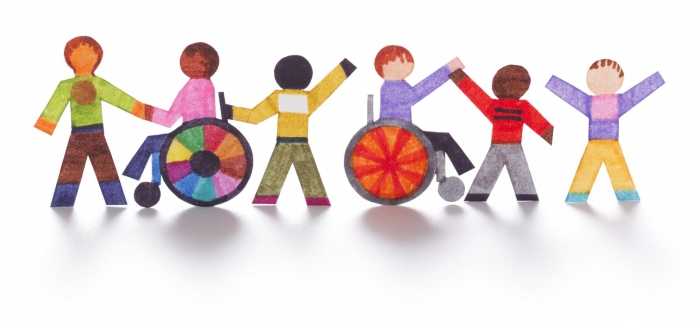
- According to the laws, disability of group 1 is established for 2 years, and groups 2 and 3 - for 1 year. At the same time, citizens who have passed the procedure for establishing and further formalizing disability will need to get an additional certificate from ITU, which will reflect the term of the ban on work. It is legally established that the degree of restriction of labor activity is established for the same period for which disability is registered. And upon re-examination, citizens must re-receive this document. Very often, many people wonder how to arrange a disability of 2 groups, and this procedure is not complicated.
- The category of children with disabilities is established for all children who, at the time of disability, have not reached the age of 18. This category includes all children whose disability was confirmed at re-examination after a 2-year primary term.
- If a child suffers from a disease that is included in the General list of diseases that cause irreversible effects on the body, then the renewal of the period of disability and group occurs automatically without additional examination and examination of the ITU. The only problem that arises is the questions regarding how to register a disability of group 3, since a slightly different composition of doctors is required for examination.
In this case, the date of establishing disability is considered the day when a statement on a medical examination was received from a citizen or his legal representatives. Thus, a citizen undergoes a full medical examination, already being in the category of “disabled person”, and if the ITU confirms the diagnosis, then a person can begin disability registration. The disability period is established in accordance with its group until the 1st day of the month following the date when the re-examination procedure and the ITU are appointed. About how to arrange a disability group 1, more details can be found in the nearest medical facility.
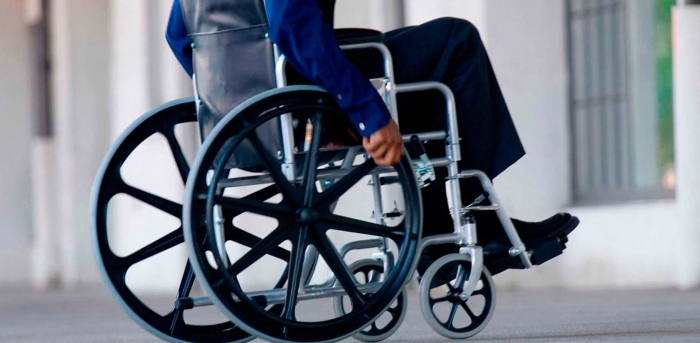
In recent years, our government has adopted a bias on the social protection of its citizens, therefore, new laws and regulations are regularly issued that should help improve the lives of socially unprotected categories of citizens. So, for example, when the ITU establishes and confirms disability, the doctors of the medical institution, on the basis of which the examination was carried out for 1 month, should offer the person a course of treatment and an individual rehabilitation program.
Moreover, all these procedures are paid by the state. The priority of state policy in our country is to help patients after a stroke, cancer patients and those who have lost their eyesight. In order to learn how to fix a visual impairment, you need to consult with specialists who will understand the medical history in more detail.
State support for the disabled
Disabled persons are also entitled to benefits and additional cash payments. All of them are indicated in federal law No. 181-F3 of 11.24.1995. The postulates of this law list all the measures that the state provides to a disabled person to improve his living conditions.
In particular, these are housing benefits, free travel through the territory of the Russian Federation, free provision of medicines, free Internet access, preferential cable television, discounts on telephone services, the ability to purchase basic necessities at reduced prices, and much more. It is worth noting that this list is supplemented every year with new names depending on the needs of the person and his technical equipment.
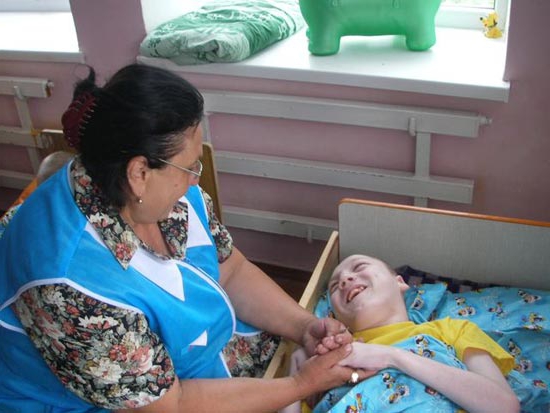
Regarding bedridden patients, it can be said that disability registration for them is carried out on a common basis, but with some changes. It is worth noting that the greatest number of difficulties causes our citizens the question of how to arrange disability after a stroke. It so happened that this procedure requires an individual approach.
In order to register a disability, it is necessary to submit an appropriate petition and undergo a medical examination. To do this, the patient (or his official representatives and family members) needs to collect some documents, in particular a copy of the passport and identification number, medical insurance, referral from the hospital to the ITU, a statement and a patient’s medical file with a complete list of all measures taken by doctors to stabilization of his condition. After that, authorized civil servants will tell you how to register a disability. With oncology, this procedure is simplified if the disease affects the internal organs.
Problems transporting patients
If the patient is non-transportable, then a medical examination can take place at his place of residence in accordance with the provisions of the laws of Russia. If the patient lives away from medical institutions in which a medical expert commission can be convened, then his transportation to ITU falls entirely on the shoulders of the state. In particular, in the Far North and in the sparsely populated areas of Siberia bedridden patients are delivered to the hospital by helicopter.
It is worth noting that if ITU is conducted at the place of residence, then only the main doctors will be included in the commission, if the patient needs to consult other specialists, then they can also be invited for examination, but their services must be paid separately by the patient's representatives. It is worth noting that our legislative framework regarding how to register disability in oncology meets the needs of citizens, and free transportation is carried out regardless of the complexity of the disease.
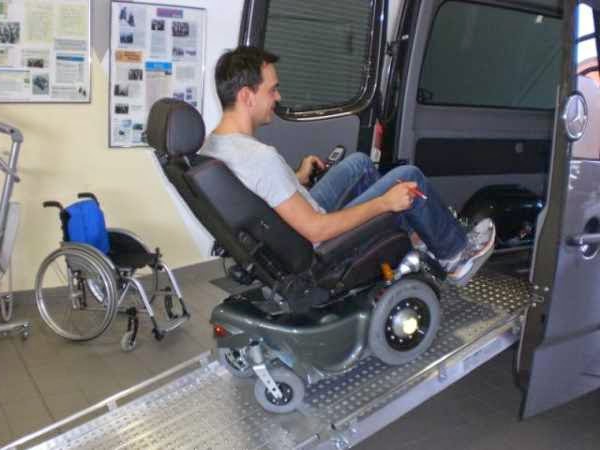
In determining the disability group in bedridden patients, the main attention will be paid to the question of which organ is susceptible to the disease.
So, for example, in the presence of a malignant tumor, the disability group will depend on the location of the disease.
So, skin cancer allows you to carry out some labor activities, if the disease affects the internal organs, then the person is a bed patient and the disability group is set accordingly.
It should be noted that the period of disability for bedridden patients is most often determined indefinitely if the disease is incurable. If the disability is registered for a certain period, then the process of re-examination will be greatly simplified. Also, bedridden patients are recommended to go to the hospital at least once a year for a full examination and comprehensive treatment, this will greatly simplify the work of the ITU in the future, if necessary. Information on how to arrange a disability for a bedridden patient can be obtained from your doctor.